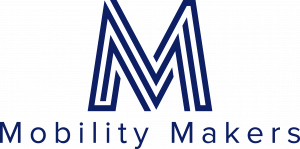During the MobilityData Workshop, we had the opportunity to speak with Kangkan Choudhury, Data Scientist at NVBW, the state-level public transport authority for Baden-Württemberg, Germany.
His work touches a core challenge faced by today’s transport agencies: delivering accurate, trustworthy, multimodal information to every rider, no matter where they travel. As the organisation coordinating multiple regional PTOs while steering strategic mobility projects across the federal state, NVBW plays a critical role in shaping long-term public transport development. And for Kangkan, one thing is clear: reliable data is the foundation of a seamless mobility experience.
“The user should reliably know when a disruption or delay occurs. If an app says a bus or train is on time, it has to be true. Maintaining that level of trust is essential.” Beyond accuracy, multimodality is becoming a non-negotiable expectation. Riders want to walk, ride, transfer, or switch modes, all from a single app. “Users shouldn’t have to juggle between different applications from different service providers. They should be able to combine travel modes effortlessly.”
Why open international standards matter
Kangkan draws a striking analogy: mobility standards today play the same role that USB did in the early days of personal computing. Before USB, devices required different cables and interfaces. USB unified everything, simplifying life for users and manufacturers alike. Mobility is undergoing the same transformation.
Open standards like GTFS and GBFS make the ecosystem more interoperable, transparent, and democratic. Once data is open, no one can predict all the positive downstream effects. Cities, operators, developers, and even tourists’ benefit. Imagine a ferry company publishing its timetable data openly. Alone, it’s useful. But combined with regional transit data, it can create entirely new trip-planning options. “An app developer could merge ferry data with local bus data, making travel easier for tourists in that region. Open data creates benefits the publisher might not even anticipate.”
For shared mobility, the impact is even more tangible: without common data formats, riders would face an overwhelming patchwork of apps, feeds, and services. With standards, everything becomes visible and comparable.
Standards must evolve and that’s where MobilityData comes in
Kangkan highlights how critical it is for standards to evolve as cities’ needs evolve. “Standards also need to evolve as needs change. MobilityData plays a key role in guiding discussions that shape this evolution.” He was particularly impressed by how quickly NeTEx and GTFS extensions were integrated into practice — evidence of a community that collaborates at a global scale to support real operational needs. And one element stands out to him: “The documentation for GTFS and GBFS on the new website is a dream for all developers. It’s an invaluable contribution.”
Mobility starts with people and ends with usability
For Kangkan, mobility is personal. He walks whenever he can. When that’s not possible, he chooses the bus, not out of habit, but because it’s the fastest and simplest option. This simplicity is exactly what he believes the industry must aim for: mobility that is intuitive, reliable, multimodal, and built on open standards. Because in the end, the mission is simple: make public transport easier for everyone, every day.

